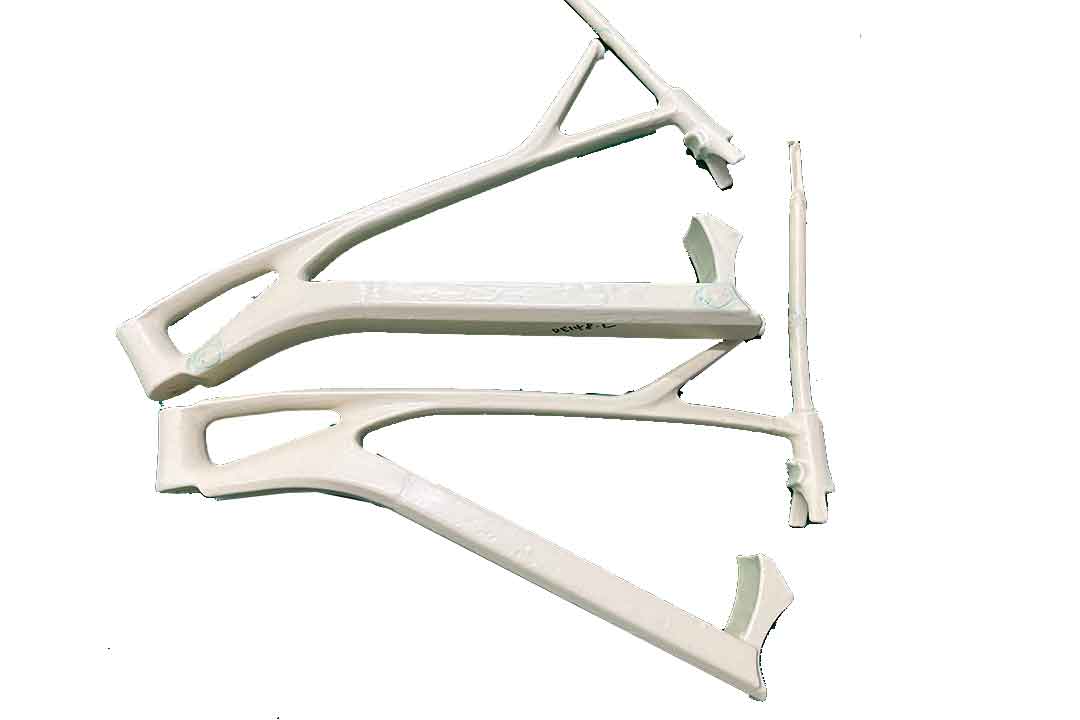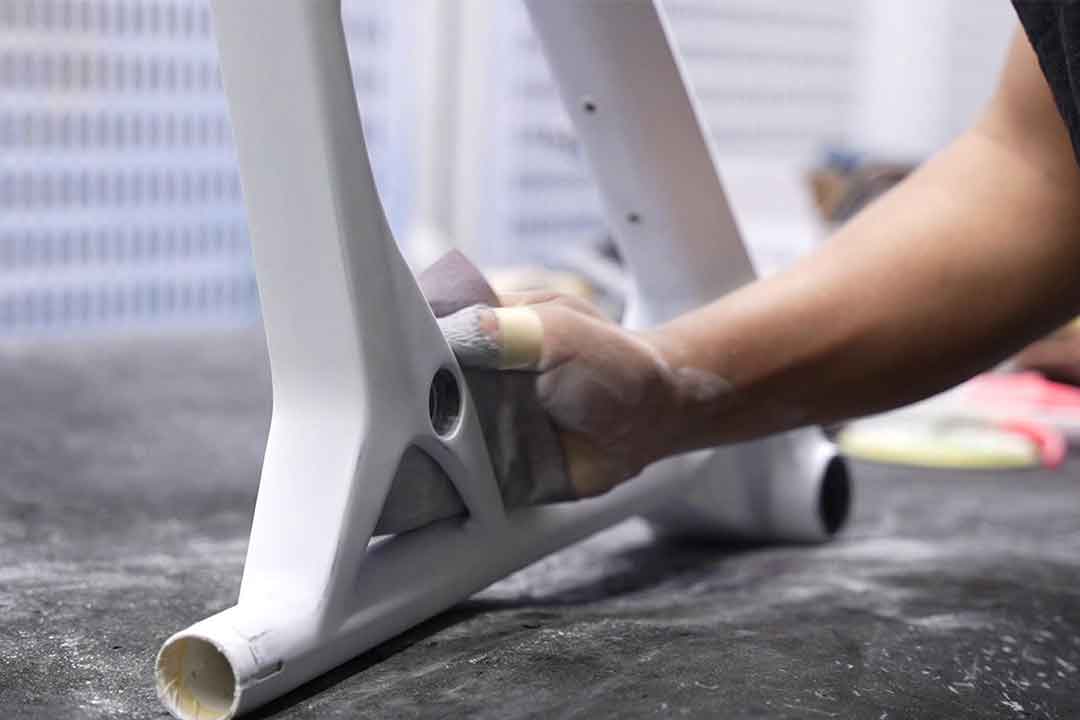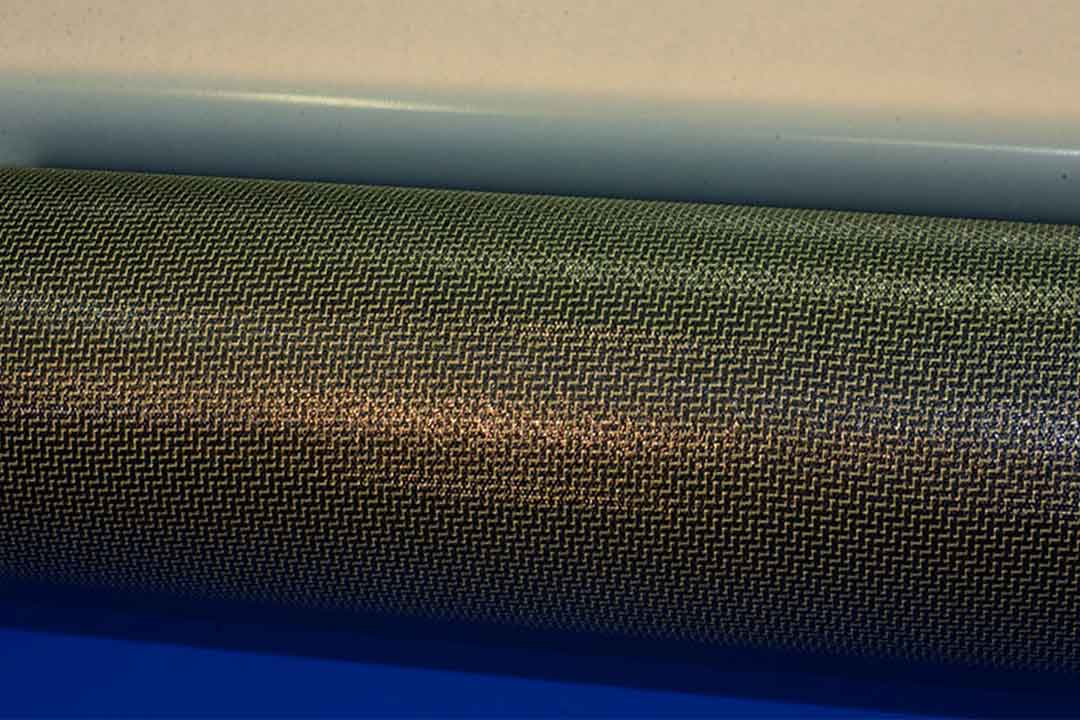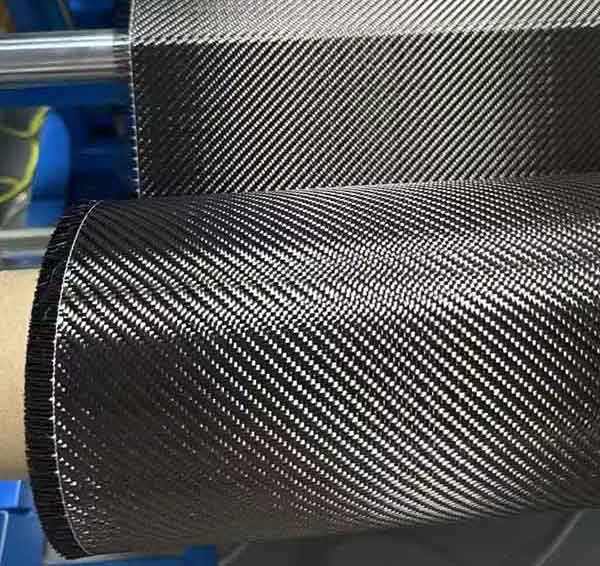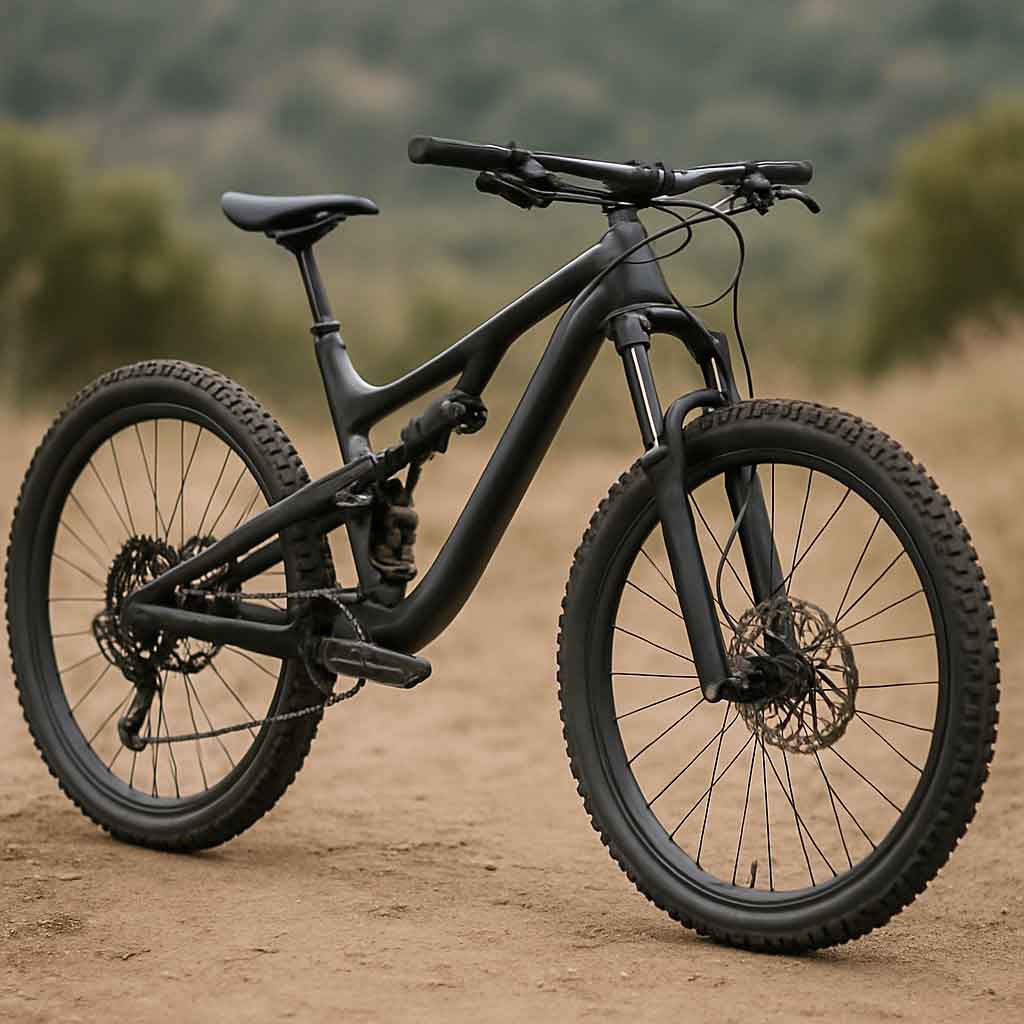Welcome to Mondince Bike - A well-known factory specialized in produce carbon bike frame and other parts since 2007.
Choosing Between Carbon and Aluminum Bikes
Bike frame materials are critical to the overall performance and feel of a bike. They affect how a bike handles, its weight, and even its longevity. With advances in technology and materials science, cyclists today have more choices than ever before. Understanding the nuances of each material can help you choose the best bike for your needs and budget. Let’s explore the two most popular choices: carbon fiber and aluminum.
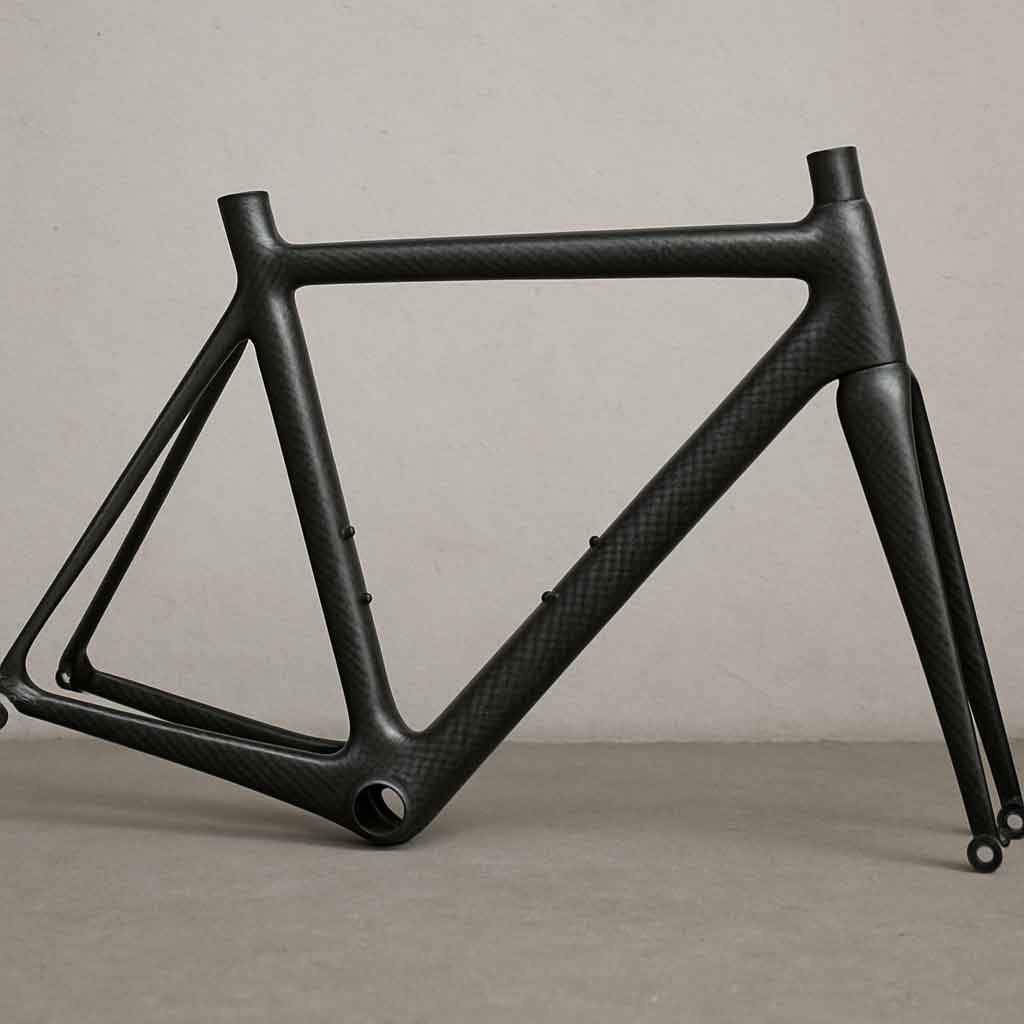
Carbon fiber is a composite material known for its incredible strength-to-weight ratio. This means it's both strong and light, making it an ideal choice for high-performance road bikes. Carbon frames are often the go-to choice for professional cyclists due to their superior ride quality and efficiency. The material is crafted from thin, strong crystalline filaments of carbon, which are woven together and set within a resin to form a rigid structure. This unique construction allows bike manufacturers to fine-tune frames for optimal performance.
Advantages of Carbon Fiber
- Lightweight: One of the most significant benefits of carbon fiber is its low weight. This makes climbing hills easier and improves overall speed. For cyclists looking to maximize their speed and efficiency, especially in competitive scenarios, a lighter bike can make a noticeable difference. The reduced weight also contributes to better handling and acceleration.
- Vibration Dampening: Carbon frames are excellent at absorbing road vibrations, providing a smoother ride. This can lead to less fatigue over long distances and a more comfortable experience overall. The damping properties of carbon fiber help reduce the impact of bumps and rough surfaces, making it ideal for endurance rides.
- Aerodynamic: The flexibility in shaping carbon fiber allows for more aerodynamic designs, which can lead to faster rides. Manufacturers can mold carbon into sleek, wind-cheating shapes that help reduce drag. This aerodynamic advantage is particularly beneficial in competitive racing and time trials where every second counts.
- Customization: Manufacturers can tailor the stiffness and compliance of carbon frames to suit different riding styles. This versatility means that whether you're a sprinter, climber, or endurance rider, there's a carbon frame designed for your specific needs. The ability to tweak the frame's performance characteristics is a significant draw for serious cyclists.
Disadvantages of Carbon Fiber
- Cost: Carbon bikes are generally more expensive than aluminum ones. The manufacturing process is complex and labor-intensive, contributing to the higher price tag. This can be a barrier for entry-level cyclists or those on a tight budget.
- Durability: While strong, carbon can be more susceptible to damage from impacts. A significant hit or crash can cause cracks or structural damage that might not always be visible. Cyclists need to be careful to avoid situations where the frame might be compromised.
- Repairability: Repairing a damaged carbon frame can be costly and complicated. Unlike metal frames, which can often be welded, carbon repairs require specialized skills and materials. This can make maintenance more challenging and costly in the long run.
Aluminum: The Durable Workhorse
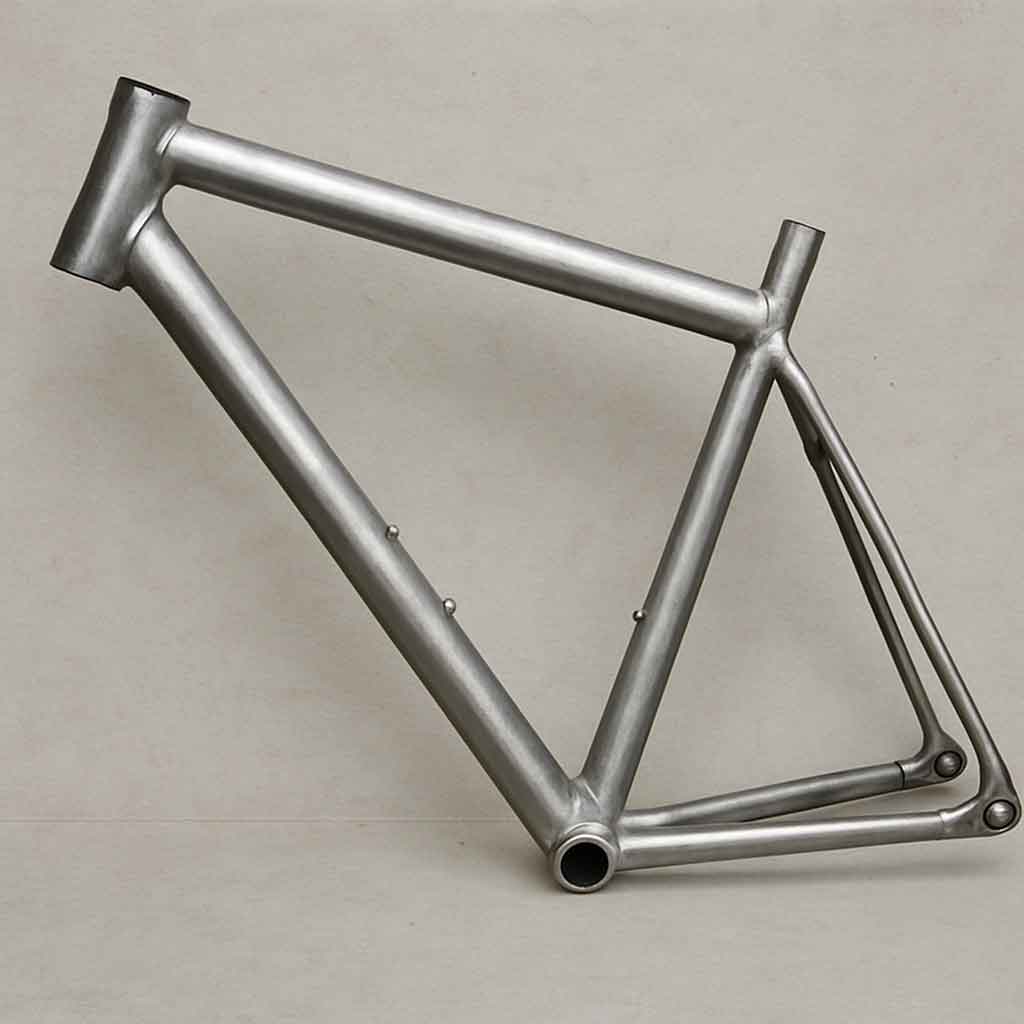
Aluminum has been a popular bike frame material for decades. Known for its durability and affordability, aluminum is a favorite among many cyclists who are looking for a reliable and budget-friendly option. The material is produced by extracting aluminum from bauxite ore and then refining it. This process is less costly than producing carbon fiber, making aluminum bikes more accessible to a broader range of cyclists.
Advantages of Aluminum
- Affordability: Aluminum bikes are typically more budget-friendly than their carbon counterparts. This makes them an excellent choice for beginners or recreational cyclists who want a good bike without spending a fortune. The lower cost doesn't mean lower quality; many aluminum bikes offer great value for the price.
- Durability: Aluminum frames can withstand more abuse and are less likely to be damaged in minor crashes. They're robust enough to handle the occasional bump or fall, making them suitable for less-than-perfect riding conditions. This durability is a significant advantage for those who ride in urban areas or on rougher terrains.
- Stiffness: Aluminum's stiffness can translate to better power transfer, making it a good choice for sprinters and climbers. The material's rigidity means that more of your pedaling effort translates into forward motion. This characteristic is appreciated by cyclists who prioritize speed and efficiency in their rides.
- Low Maintenance: Aluminum is resistant to rust, making it easier to care for. Unlike steel, which can corrode if not properly maintained, aluminum's natural resistance to corrosion means less worry about rust. This makes aluminum frames particularly appealing for those who ride in wet or humid conditions.
Disadvantages of Aluminum
- Weight: Aluminum frames are generally heavier than carbon frames, which can be a disadvantage in competitive cycling. While advancements in technology have reduced the weight of aluminum bikes, they still can't compete with the feather-light properties of carbon fiber.
- Ride Quality: Aluminum does not absorb vibrations as well as carbon, leading to a harsher ride. The stiffness that contributes to excellent power transfer can also make the ride feel rigid and unforgiving, especially on rough roads. This may be less comfortable for long-distance cyclists.
- Flexibility in Design: Aluminum doesn't allow for as much customization in frame shapes as carbon does. This limits the extent to which manufacturers can tweak the bike's aerodynamics and performance characteristics. While still offering a range of designs, aluminum bikes are generally less specialized than their carbon counterparts.
Carbon vs. Aluminum: Head-to-Head Comparison
Performance on the Road
When it comes to performance, carbon bikes typically have the edge. Their lightweight nature and ability to dampen vibrations make them ideal for long rides and races. The smoother ride and reduced fatigue make a significant difference in endurance events. However, aluminum bikes offer excellent stiffness and power transfer, which can be beneficial for short, intense rides. This makes aluminum a strong contender for cyclists who prioritize speed and power over long distances.
Cost Considerations

by Axel Brunst (https://unsplash.com/@axelbrunst)
Budget is often a deciding factor when choosing between carbon and aluminum bikes. Aluminum bikes are more accessible for beginners or those on a tight budget. They provide a cost-effective way to enjoy cycling without compromising on essential features. On the other hand, if you're looking for top-tier performance and have the budget, investing in a carbon bike might be worth it. The initial cost may be higher, but the performance benefits can justify the investment for serious cyclists.
Durability and Maintenance
In terms of durability, aluminum frames usually win out. They can handle more rough and tumble conditions and are generally easier to repair. The robustness of aluminum means fewer worries about the occasional bump or scrape. Carbon frames require more care to avoid damage, and repairs can be costly. However, with proper care, carbon frames can last for many years, making them a worthwhile investment for those who can afford it.
Customization and Design
Carbon frames offer more flexibility in terms of design and customization. This allows manufacturers to create bikes that are tailored for specific riding styles, whether it's a comfortable endurance ride or a fast aero setup. The ability to fine-tune the bike's characteristics to match the rider's preferences is a significant advantage. Aluminum is more limited in this regard but still offers a variety of designs to suit most needs. While it may not provide the same level of customization, aluminum bikes still deliver solid performance for a wide range of cyclists.
Making the Right Choice
Choosing between a carbon and aluminum bike ultimately depends on your personal preferences and riding goals. Your decision should reflect how you plan to use the bike, your budget, and your long-term cycling aspirations.
- For Beginners: An aluminum bike is often a good starting point due to its affordability and durability. It allows you to get a feel for road cycling without breaking the bank. As you develop your skills and preferences, you can always upgrade to a more specialized bike later on.
- For Competitive Cyclists: If you're racing or looking for top performance, a carbon bike can provide the edge you need with its lightweight and smooth ride qualities. The investment in a carbon frame can pay off with improved race times and overall performance.
- For Long-Distance Riders: Carbon bikes offer comfort over long distances thanks to their vibration-dampening properties. The smoother ride can reduce fatigue and make long rides more enjoyable, allowing you to focus on the journey rather than discomfort.
- For Budget-Conscious Riders: Aluminum bikes provide great value and are easier on the wallet, making them an excellent choice for those watching their spending. They offer a reliable and durable option for those who want to enjoy cycling without a significant financial commitment.
Conclusion
Both carbon and aluminum frames have their place in the cycling world. Each material offers unique benefits and potential drawbacks, and the best choice hinges on your riding style, budget, and personal preferences. By considering the factors we've discussed, you can make an informed decision and choose the bike that's right for you. Whether you prioritize performance, comfort, or cost, there's a bike out there that meets your needs. Happy cycling!



